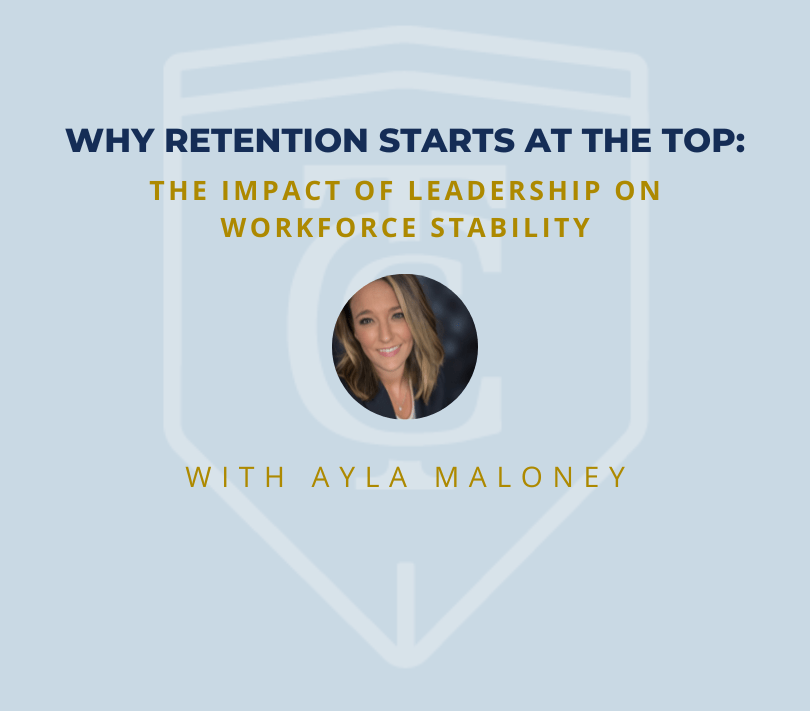
Employee retention isn’t just an HR initiative—it’s a leadership imperative. Organizations invest heavily in attracting top talent, but keeping them engaged and committed requires more than just competitive compensation and perks. Retention starts at the top, with leaders setting the tone for culture, engagement, and long-term workforce stability.
Leadership Defines Culture: A company’s culture is a direct reflection of its leadership. Employees look to executives and managers for cues on what is valued, expected, and rewarded. When leaders cultivate a culture of trust, inclusion, and transparency, employees feel a stronger sense of belonging and purpose. Conversely, a leadership team that tolerates poor communication, inconsistent decision-making, or lack of accountability creates an environment where disengagement and turnover thrive.
The Role of Trust and Communication: Trust is the foundation of retention, and it starts with leadership. Employees who feel their leaders are honest, approachable, and invested in their growth are far more likely to stay. Clear communication about company vision, strategy, and individual career paths fosters a sense of stability and direction. When employees feel left in the dark or undervalued, they begin seeking opportunities elsewhere.
Leadership Development and Succession Planning: One of the most overlooked retention strategies is leadership development. Employees want to work for leaders who inspire them and invest in their careers. Organizations that prioritize leadership training, mentorship, and internal promotions create an environment where employees see a future for themselves. A lack of growth opportunities is a major driver of turnover, often leading high-potential employees to seek advancement elsewhere.
Employee Experience is a Leadership Responsibility: Retention isn’t just about HR policies—it’s about the daily employee experience, which is shaped by leadership. From workload management and recognition to work-life balance and career development, leaders play a pivotal role in whether employees feel valued or expendable. Leaders who actively listen, provide meaningful feedback, and advocate for their teams create workplaces where employees want to stay.
High retention isn’t an accident—it’s the result of intentional leadership. Companies with strong, people-focused leadership not only retain top talent but also foster an engaged, high-performing workforce. When leaders prioritize culture, communication, and career development, they build organizations where employees don’t just work—they thrive.
Leadership sets the tone. The question is, what kind of workplace are your leaders creating?
About Ayla Maloney
 Ayla, Managing Partner and Chief People Officer, is passionate about genuinely connecting with and guiding professionals to career and life-enhancing opportunities. She has been with The Christopher Group for over nine progressive years and sits on the firm’s Leadership Team. To learn more about Ayla visit her bio page.
Ayla, Managing Partner and Chief People Officer, is passionate about genuinely connecting with and guiding professionals to career and life-enhancing opportunities. She has been with The Christopher Group for over nine progressive years and sits on the firm’s Leadership Team. To learn more about Ayla visit her bio page.

